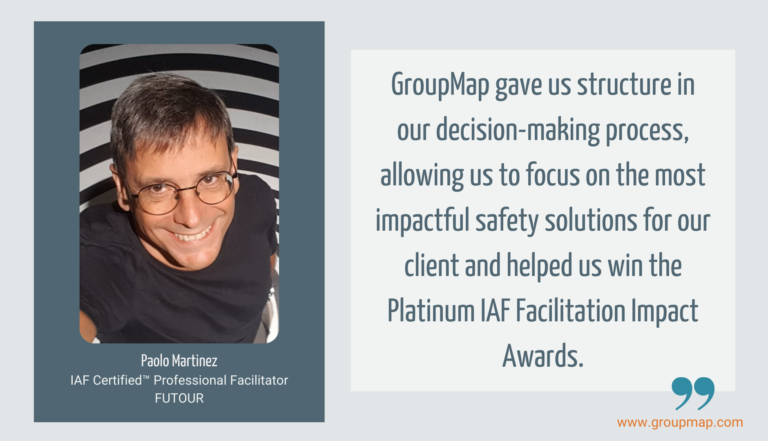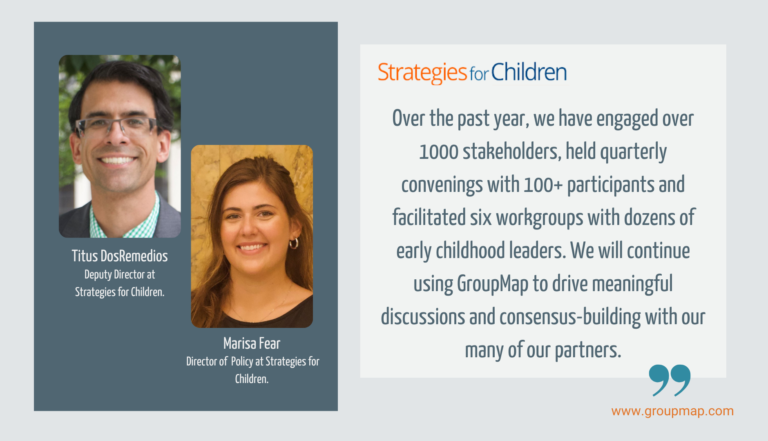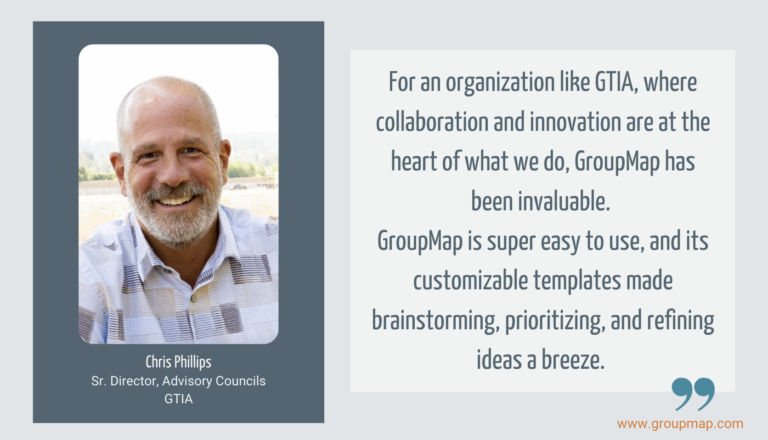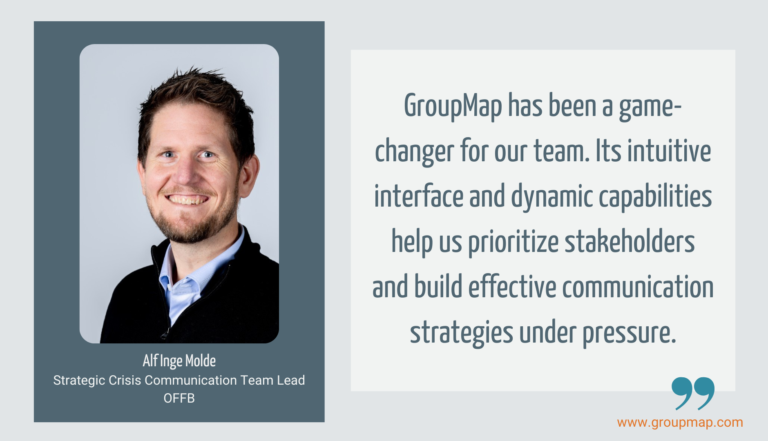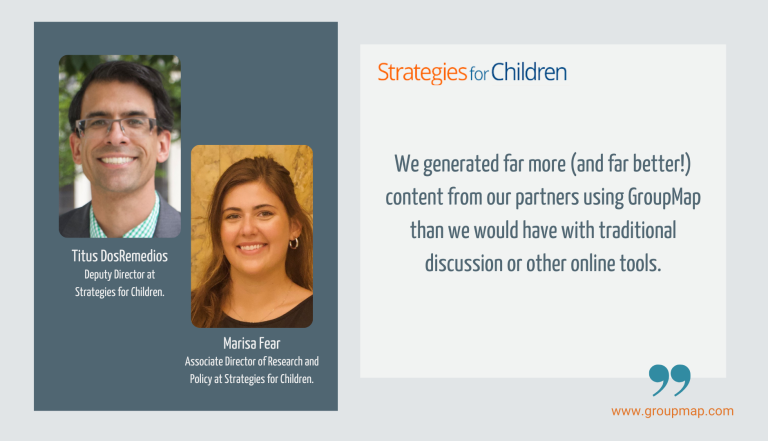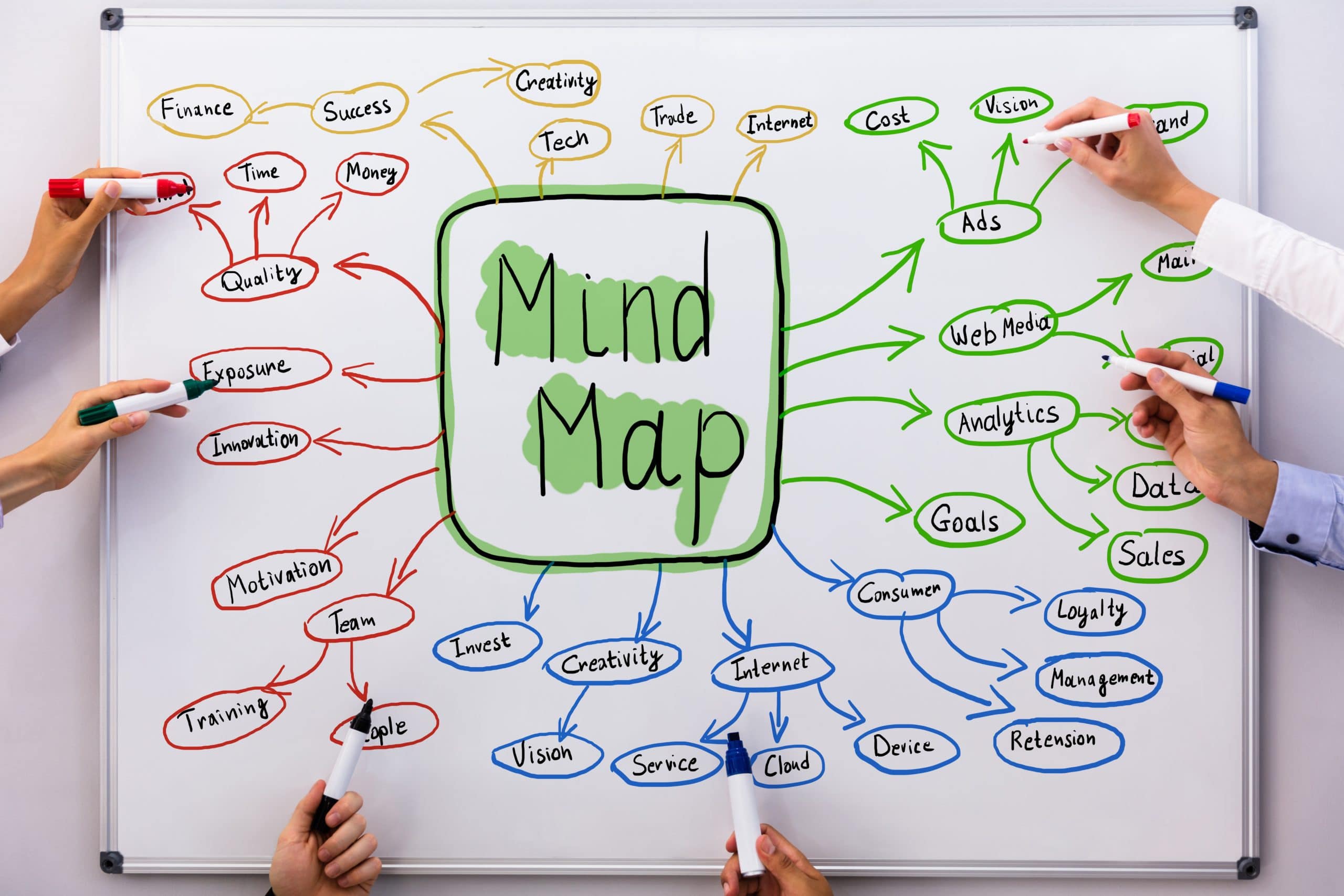
What is a Mind Map?
A mind map is a diagrammatic representation of ideas that radiate from a central concept, thought, theme or question. Ideas that branch out from the central node become more detailed and build on the previous idea.
Mind maps are incredibly flexible, and can be used in a multiplicity of ways. They could, for example help you capture –
- the outline of a plan of action
- the different perspectives of a particular issue
- the framework of an essay
- the scope of a project
- the elements a programme
Compiled individually or in groups, mind maps can vary significantly from one to another. They can be constructed using a range of media from pen and paper, through to online collaborative brainstorming templates.
Fundamental to a mind map is its simplicity. Their purpose is to capture a summary rather than detail, and therefore it should be possible to construct one in a single, reasonably short session.
This article will go through the fundamentals of mind mapping. Read on below to learn more.
The Benefits of Using Mind Maps
Using a mind map yields a number of benefits including the following :
1 – Enhanced Learning and Information Retention
Mind maps mimic the way our brains work.
By surfacing the connections between ideas, students can form connections between what they know and the new information they are exploring.
Additionally, human beings are more likely to remember a narrative brought about by connections rather than disparate facts.
Mind maps can therefore be a valuable teaching and learning tool.
2 – Complex Issues are Easier to Understand
Mind maps have an inherent clarity.
The process of constructing a mind map sees people distill information. As such, they strip away superfluous detail while visually representing how key ideas are connected.
When shared, only the important details are conveyed therefore increasing the likelihood that they are understood.
3 – Better Information Structuring
Mind maps capture information in a logical structure.
The way in which they record ideas and the relationships between them, means they are able to convey the “big picture” simply and quickly, while reflecting the points that support that “big picture”.
This makes mind maps an ideal planning tool for things such as essays and reports, and scopes of work.
4 – Enhanced Productivity
Not only is mind mapping an efficient way of capturing information, it can organize that information with goals and associated tasks in clear view.
Mind maps can help a manager identify then delegate tasks or concepts that are aligned; they can also convey how those delegated tasks are linked, and necessary for the success of a project.
Mind maps can be used to break down your complex aspects of a project into smaller steps, which significantly reduces the amount of work done.
5 – Sparks Creativity
Mind mapping allows us to capture the first thoughts that spring to mind and anything and everything we can think of that is connected. This can foster all manner of creativity.
What Makes Up a Mind Map?
A mind map generally includes a combination of the following :
1 – A Central Idea, Theme or Concept
The central idea is usually called the core, and is the heart of the mind map. The core can be thought of as the firework that’s being launched into the air from which all other ideas will explode.
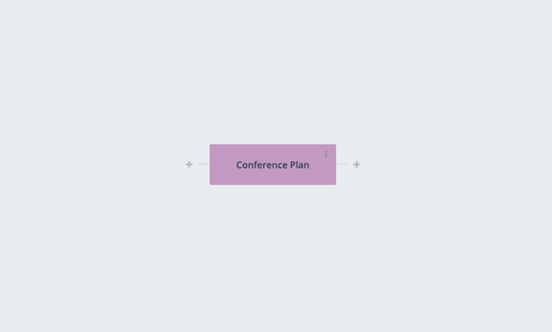
As the name suggests, the central theme is placed at the centre of the page or screen. It can either be a subject or topic, a problem or question, or even a concept or thought that is to be explored.
2 – Associations
Associations branch out from the central theme; those that radiate from the centre are known as first-level associations.
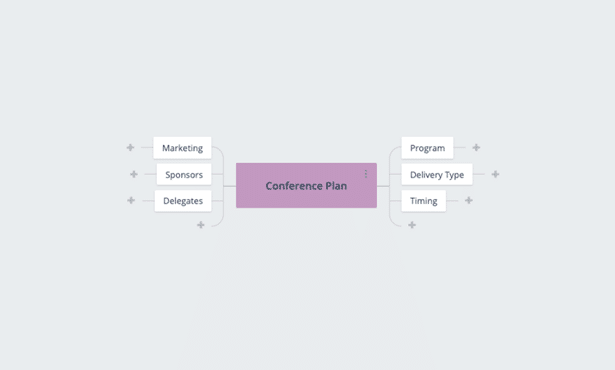
From there, second-level associations are made, then third-level associations and so on.
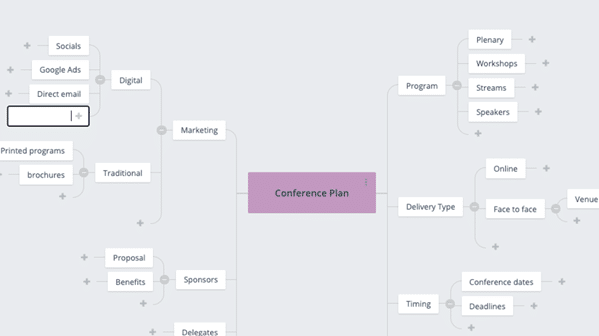
With the need for simplicity in mind, it’s generally understood that there should be no more than 6 or 7 association levels, thereby avoiding unnecessary and potentially confusing detail.
When associations are created, and connections between ideas are captured, they tend to be more easily remembered. It’s generally believed that showing those associations as curved rather than straight lines further increases the likelihood of recalling the ideas they connect.
The way in which the associations are represented on the page or screen can add further meaning to a mind map without cluttering it with detail. For example, bold or coloured lines could draw attention to small but critical ideas. Additionally, the proximity of the ideas to the central theme can be used to reflect their importance.
3 – Keywords
Given a good mind map is simple, the use of keywords are more effective in delivering this simplicity than detailed phrases or sentences.
As a rule, a single word for each association works best, with the associations themselves helping to keep detail to a minimum. For example, “Venue” was used in the mind map pictured rather than “Conference Venue”.
Sticking to keywords also saves time. It allows you to quickly capture the main points needed to support your central theme and avoid getting bogged down in detail.
In Summary
Mind maps are valuable as –
- they can be applied to any field
- there are no right or wrong ways to use them
- they can explore whatever you wish to deliver the desired outcomes
Templates can supercharge your mind mapping, and GroupMap provides many brainstorming templates that allows you to brainstorm individually or as a team, anonymously and with the ability to ad images, links, colours and files.
